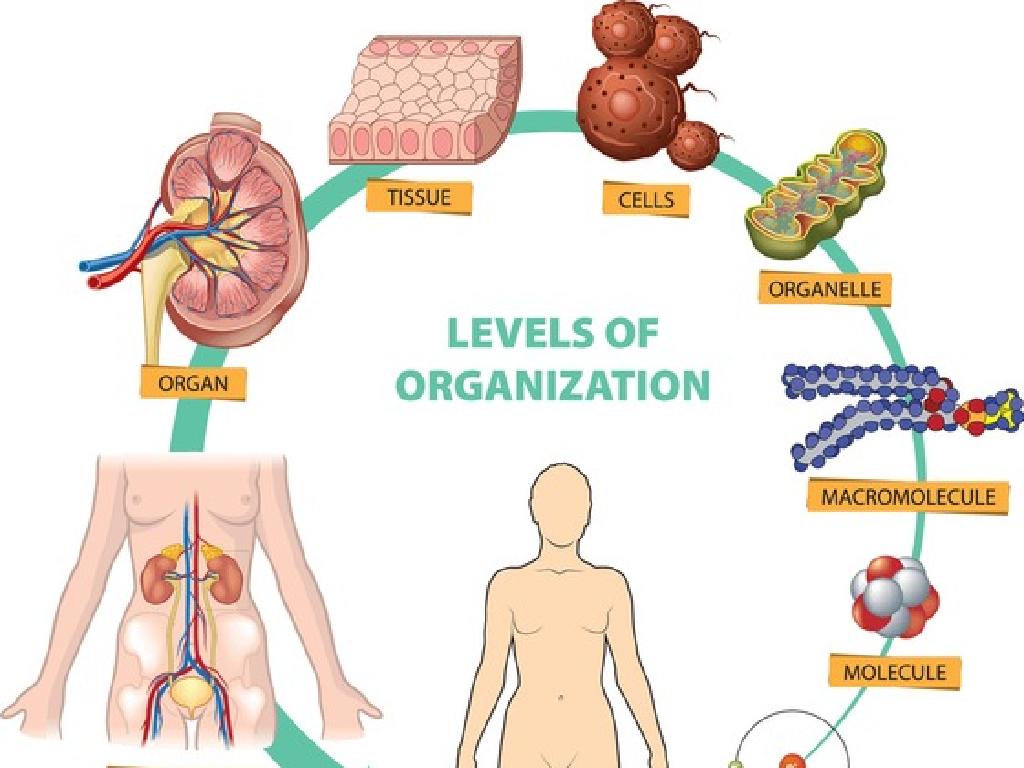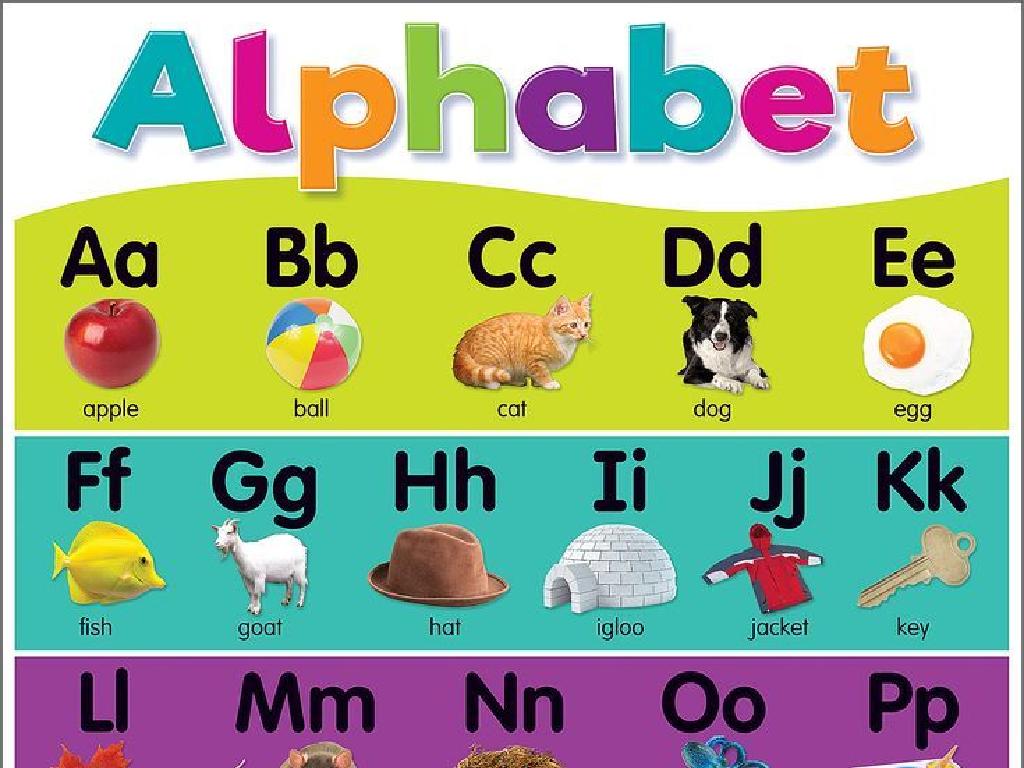Major U.S. Cities
Subject: Social studies
Grade: Fifth grade
Topic: Cities
Please LOG IN to download the presentation. Access is available to registered users only.
View More Content
Exploring Major U.S. Cities
– What is a city?
– A city is a large, densely populated area with local government.
– Characteristics of ‘major’ cities
– Major cities have significant population, cultural importance, and economic influence.
– Today’s lesson: U.S. city tour
– Importance of major cities
– Major cities are hubs for business, culture, and history.
|
This slide introduces students to the concept of cities, focusing on what distinguishes a ‘major’ city from others. Discuss the role of cities as centers of population and governance. Explain that ‘major’ cities are often characterized by their large populations, cultural landmarks, economic impact, and historical significance. Today’s lesson will take students on a virtual tour of some of the United States’ most important cities, exploring their unique features and contributions to the country’s identity. Emphasize the relevance of these cities in national and global contexts, and encourage students to think about any experiences they may have had in these urban areas.
Exploring Cities: What is a City?
– Define a city
– An area with a large population and many buildings
– City vs. Town vs. Village
– Cities are larger than towns and villages and have more services
– Characteristics of cities
– Cities have a big population, many services like schools and hospitals, and infrastructure like roads and buildings
|
This slide introduces students to the concept of a city and how it differs from towns and villages. Begin by defining a city as a densely populated urban area with complex structures and services. Discuss the differences in size, governance, and services available in cities versus towns and villages. Highlight characteristics of cities such as their large population, the variety of services provided to residents, and the presence of developed infrastructure. Use examples of major U.S. cities to illustrate these points, and encourage students to think about their own experiences or knowledge of cities they have visited or learned about.
The Role of Cities in America
– Cities as economic powerhouses
– Cities are where many businesses and industries are located, creating jobs and wealth.
– Cities’ contributions to state and country
– Cities pay taxes and provide services that benefit the whole state and country.
– Cities as transportation hubs
– Cities often have airports, train stations, and bus terminals that connect people and goods to other places.
– Cities as cultural landmarks
– Cities are home to museums, theaters, and historical sites that attract visitors and celebrate our heritage.
|
This slide aims to help students understand the multifaceted roles that cities play in the United States. Cities are not just places where people live; they are the driving force behind the economy, culture, and politics of the country. They contribute significantly to the state and the nation through taxes, services, and as centers for trade and transportation. Examples like New York City as a business hub, Los Angeles as an entertainment capital, and Washington D.C. as the political heart help illustrate these points. Encourage students to think of cities they’ve visited or heard about and what makes those cities important.
Exploring East Coast Cities
– Introduction to East Coast cities
– New York City: The Big Apple
– Known for landmarks like Times Square and Central Park.
– Washington D.C.: The Nation’s Capital
– Home to the White House and the U.S. Capitol.
– Historical and cultural significance
– These cities are important for American history and culture.
|
This slide introduces students to the major cities on the East Coast of the United States, focusing on New York City and Washington D.C. Begin with a brief overview of what makes an East Coast city, including geography and cultural influence. Highlight New York City, known as ‘The Big Apple,’ discussing its iconic landmarks and role as a cultural melting pot. Then, move on to Washington D.C., the nation’s capital, where students can learn about the federal government’s operations and the historical monuments. Emphasize the importance of these cities in the context of American history and culture. Encourage students to think about what these cities contribute to the nation’s identity and how they might differ from their own hometowns.
Exploring Major Midwest Cities
– Discover the Midwest region
– Chicago: The Windy City
– Known for its skyscrapers and deep-dish pizza
– Detroit: The Motor City
– Famous for its automotive history
– Significance of these cities
– Understand their impact on American culture and economy
|
This slide introduces students to the Midwest region of the United States, focusing on two major cities: Chicago and Detroit. Chicago is nicknamed ‘The Windy City’ not just for its breezes but for its vibrant cultural scene, architecture, and food. Detroit is known as ‘The Motor City’ due to its rich automotive history and the headquarters of big car companies. Discuss the importance of these cities in terms of cultural contributions and their roles in the U.S. economy. Encourage students to think about how each city’s unique characteristics contribute to its identity and the broader American culture.
Exploring West Coast Cities
– Discover the West Coast
– Los Angeles: City of Angels
– Home to Hollywood, diverse cultures, and beaches
– San Francisco: Golden Gate City
– Known for the Golden Gate Bridge and tech innovation
– Cultural and economic hubs
|
This slide introduces students to the major cities on the West Coast of the United States, focusing on Los Angeles and San Francisco. Los Angeles is not only the entertainment capital of the world, thanks to Hollywood, but it’s also a melting pot of different cultures and famous for its beautiful beaches. San Francisco is iconic for the Golden Gate Bridge and is a hub for technology and innovation. Discuss the significance of these cities in terms of culture, economy, and landmarks. Encourage students to think about what makes these cities unique and how they contribute to the identity of the West Coast. Provide a map to help students locate these cities geographically.
Comparing Major U.S. Cities
– Compare city population sizes
– How many people live in NYC vs Los Angeles?
– Explore cultural landmarks
– Statue of Liberty, Hollywood Sign, and more
– Discuss cities’ economic roles
– How do cities help our country’s economy?
– Understand diversity in cities
|
This slide aims to compare major U.S. cities in terms of population, cultural significance, and economic contributions. Start by discussing the population sizes of cities like New York City and Los Angeles, highlighting the differences and what factors might contribute to these. Move on to cultural landmarks, discussing how places like the Statue of Liberty in NYC and the Hollywood Sign in LA represent the cities’ culture and history. Discuss the economic contributions of different cities, such as the financial industry in NYC and the entertainment industry in LA, and how these industries impact the national economy. Emphasize the diversity found within these cities, both in terms of population and culture, and how this diversity makes each city unique and important to the United States.
Cities and Geography: Shaping City Life
– Geography’s role in city growth
– Cities often grow near rivers or rich land for trade and farming.
– Natural resources fuel trade
– Cities like Pittsburgh thrived on steel, boosting economy and growth.
– Climate influences daily life
– Harsh winters can slow down transportation, while sunny places might attract more tourists.
– Case study: New York City
– NYC: Hudson River for trade, diverse climate shaping life and culture.
|
This slide explores how geography influences the development and daily life of major U.S. cities. Geography can determine a city’s success in trade and agriculture, which in turn affects its growth. Natural resources like minerals or fertile land can lead to a booming economy centered around industries like steel in Pittsburgh. Climate plays a significant role in how people live, from the clothes they wear to the activities they can do. For example, cities with harsh winters may have different transportation needs compared to those with milder climates. New York City serves as a case study, with its strategic location on the Hudson River facilitating trade and a climate that has shaped its diverse culture. Encourage students to think about their own city’s geography and how it affects their lives.
Class Activity: Create Your City!
– Form groups to build a city model
– Include buildings, roads, landmarks
– Think skyscrapers, houses, highways
– Present your city to the class
– Explain your city’s major features
– Discuss why you chose these features
|
This activity is designed to foster teamwork and creativity as students work together to construct a model of a major U.S. city. Each group should think about the layout of their city, including where to place buildings, how to design roads, and which landmarks to include. Encourage them to use materials like cardboard, construction paper, and markers. When presenting, students should explain the significance of each element in their city model, such as historical landmarks or major business districts. Possible cities to model could include New York City, with its iconic skyline and Central Park; San Francisco, with the Golden Gate Bridge; or Washington D.C., with the Capitol and the National Mall. This will help students understand urban planning and the unique characteristics that define a city.




-a-solution-to-the-nonlinear-equation/nonlinear_graphs_examples.png)

